Best
BEGINNER TRUMPET FOR A SMALL BUDGET
-
Overall: Innovative features and user-friendly design
-
Best Feature: Lightweight beginner trumpet with a hybrid metal-polymer construction
-
TedScore™: 8/10
Best
BEGINNER
TRUMPET
FOR AN ADULT
-
Overall: Round and pleasant tone with first and third valve tuning rings.
-
Best Feature: Produces a clear and vibrant tone
-
TedScore™: 9/10
Best
BEGINNER TRUMPET FOR A CHILD
-
Overall: A clear tone and easy response throughout the range
-
Best Feature: Clear tones and a delicate feel across its whole range
-
TedScore™: 8/10
Imagine where you’re the star trumpeter, all eyes locked on you until your mouthpiece pops in the middle of your solo— talk about a brass nightmare!
Understanding the parts of a trumpet can prevent such comedy gold (or personal horror stories).
I remember the first time I held my trumpet; I was utterly clueless about the maze of tubes and buttons.
It is not just a musical instrument; it’s a brass ensemble of precision and versatility, all wrapped in one shiny package.

Now, I’ll let you in on a little secret: knowing your way around the anatomy of a trumpet can jazz up your playing.
Keep reading, and I’ll give you the lowdown on what makes my trumpet tick and how each piece joins the party to create that golden sound.
When you finish this article, you’ll know your mouthpiece from your water key and why each part is more than just a pretty face on this musical workhorse.
Basic Anatomy And Functions
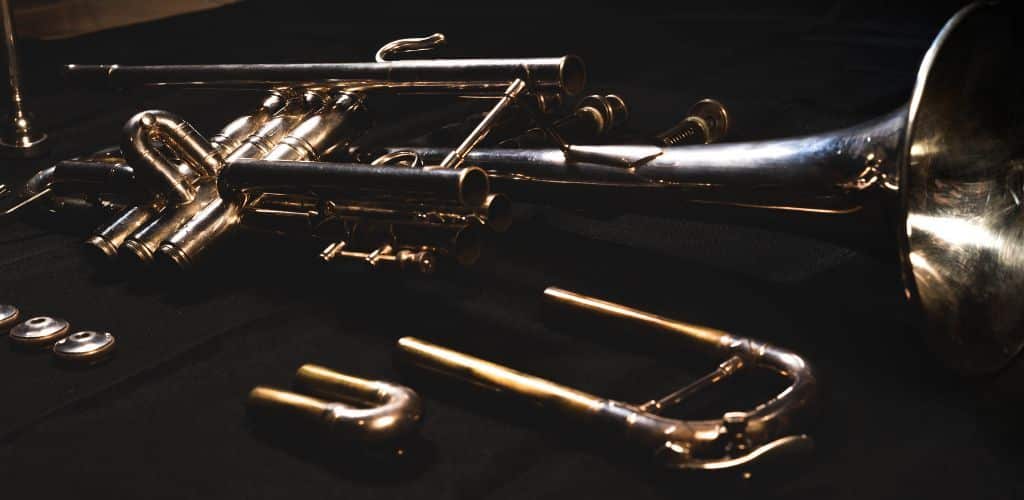
Exploring the trumpet is like being a detective—each part has its clue to how this musical marvel works.
I’m here to guide you through the core components of a trumpet. These are parts that significantly influence the instrument’s sound and playability.
Mouthpiece and Lead pipe
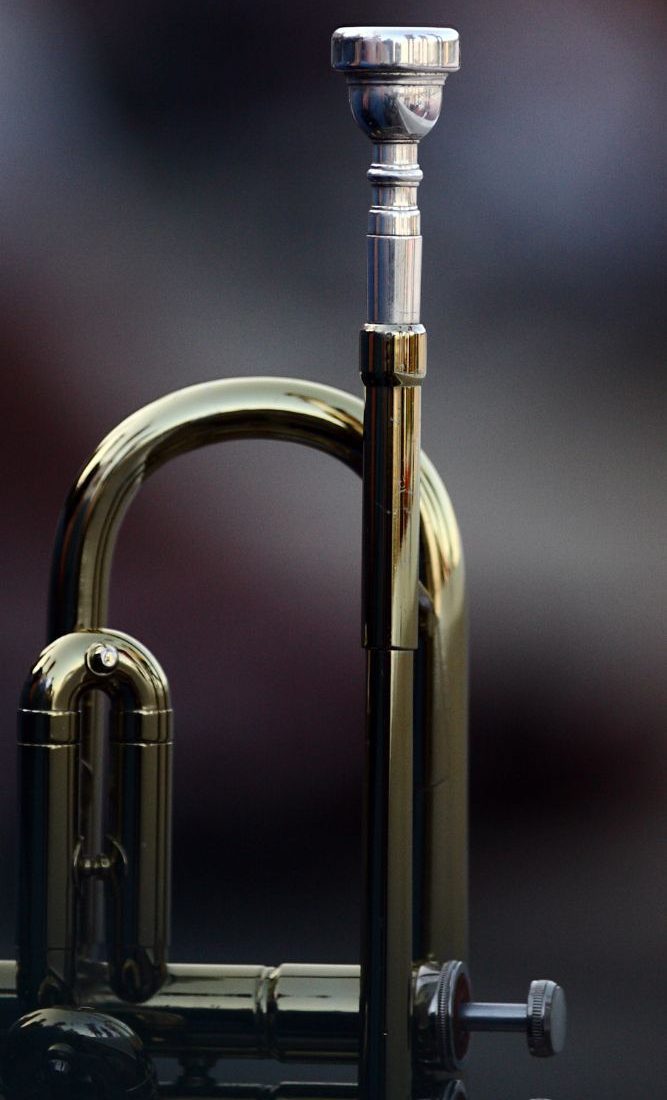
The mouthpiece is my gateway to melody. Its cup shape receives my air, creating the initial buzz that transforms into music.
A well-designed mouthpiece receiver is paramount for comfortable playing and can influence the pitch and tone.
Directly following the mouthpiece is the lead pipe.
The shape and width of the lead pipe are crucial as they impact the initial path of the air and vibrations.
They set the stage for the entire sound production process within the trumpet, affecting resonance and tuning.
Valves and Valve Casing
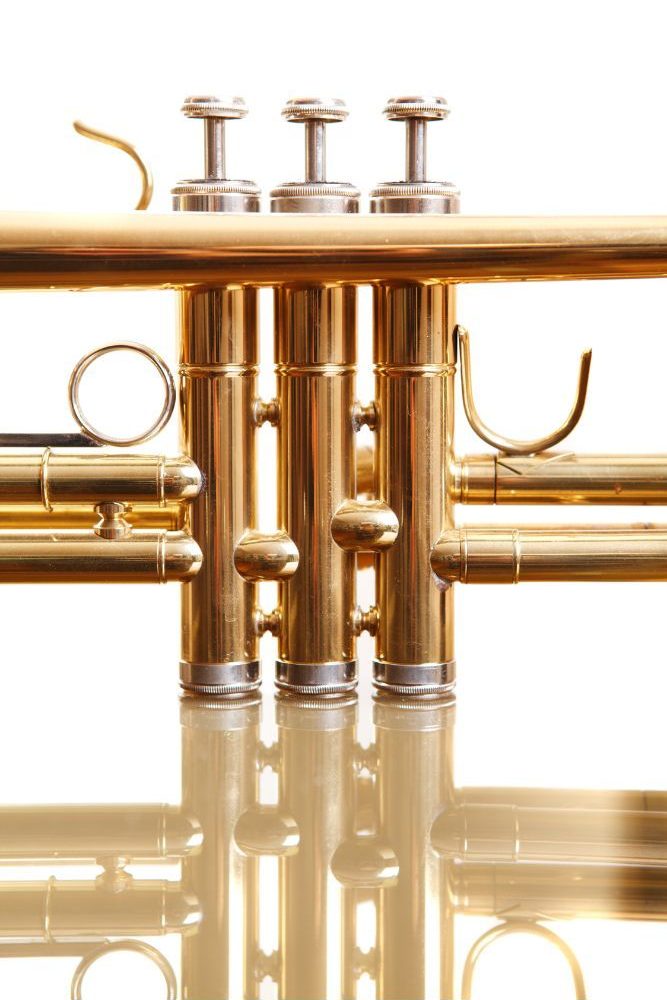
Valves are at the heart of changing pitch on my trumpet.
Pressing down on them redirects air through additional tubing, enabling me to hit different notes.
Each valve corresponds to a specific change in pitch, and I must ensure they’re well-oiled for smooth action.
Valve casings house the valves, protect them, and ensure proper alignment.
They must be precisely manufactured to prevent air leaks and maintain the instrument’s overall intonation.
Bell and Flare
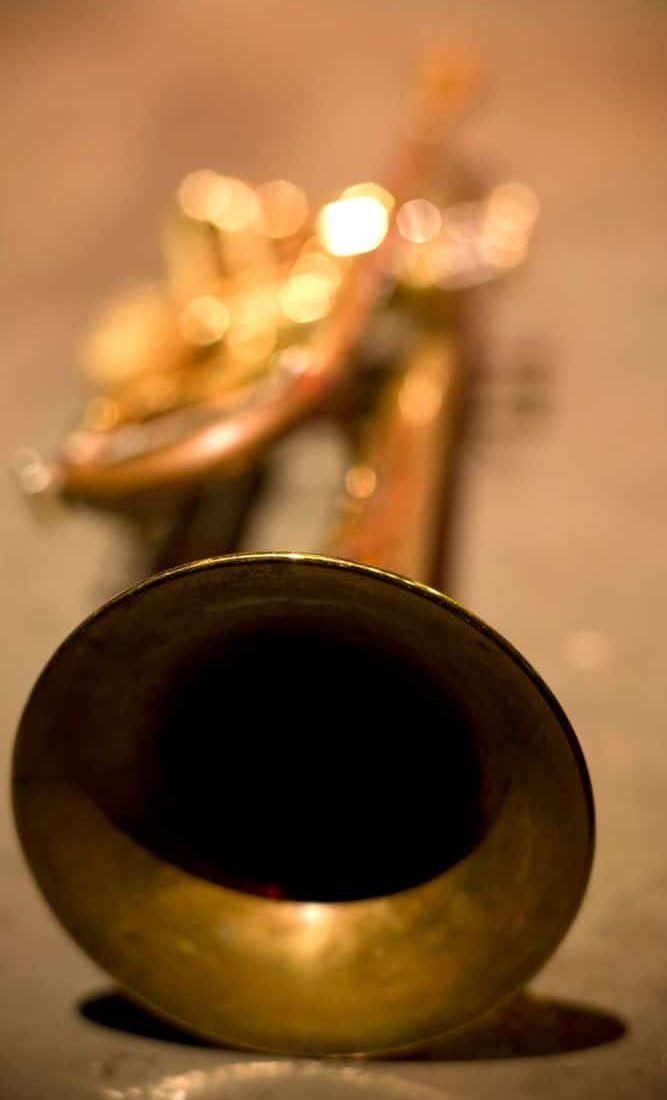
The bell is like the trumpet’s megaphone; it’s where the sound comes to life.
It takes the processed air and vibrations from the rest of the trumpet and projects them outwards.
The bell’s size and material significantly color my instrument’s sound.
The flare, or the widening part at the end of the bell, spreads my trumpet’s sound into the room.
It’s influential in determining the brilliance and projection of the tone.
A well-crafted flare allows the music to bloom, filling the venue with my performance.
Trumpet Valve System
The valve system is the heart of a trumpet's functionality.
It’s the pivotal point that allows musicians to create a variety of pitch and tone.
Valve pistons are quintessential components of most trumpets.
They are cylindrical valves that change the pitch as I press them. Each valve has two sets of tubing attached, one for when the valve is up and another for when it’s depressed.
Valve slides are critical for fine-tuning while I play.
The main tuning slide adjusts the overall pitch, whereas the first valve slide and second valve slide cater to specific tuning. Pulling out the third valve slide while playing a low D or C# allows me to correct the pitch more easily.
The spit valve on a trumpet is located at the bottom of the instrument, allowing you to release any accumulated condensation or moisture that may have been collected while playing.
It’s a simple yet essential feature that helps keep the trumpet clean and ensures the airflow remains unobstructed for optimal performance.
The upper valve caps on a trumpet are the ones you need to unscrew when you want to oil the valves.
They help to secure the valves in place and protect them, so it’s important to keep them in good condition to maintain the trumpet’s performance.
Dispose of excessive valve oil properly by wiping it off with a clean cloth or tissue. Avoid leaving excess oil on the valves, as it can attract dirt and affect the trumpet’s performance.
Remember to handle them carefully and avoid over-tightening to prevent damage to the valves.
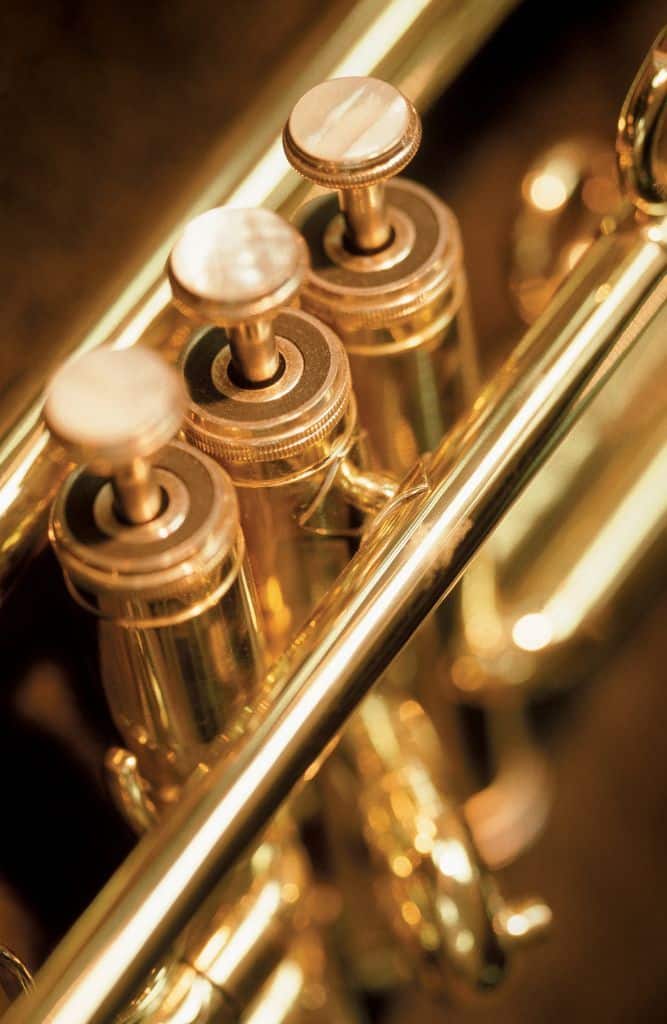
BACH VALVE OIL
BACH VALVE OIL

FEATURES: Made with non-kerosene based synthetic oil and swiss clock oil
OTHER INFO: Comes with a locking cap to prevent leaks
- Easy to apply with immediate results
- None
When you click ‘Check Price’, you’ll see there are loads of great places to buy this item. Our personal favorite is Sweetwater for the US, and Thomann and Gear4Music for the UK & Europe.
They are the largest music retailers, with excellent customer service, competitive prices, really fast shipping, and the longest guarantees.
The professional musician who wrote this article combined many things,
from the product build, manufacturer’s reputation through to feedback
from other users, to create our famous TedScore™.
Additional Trumpet Features
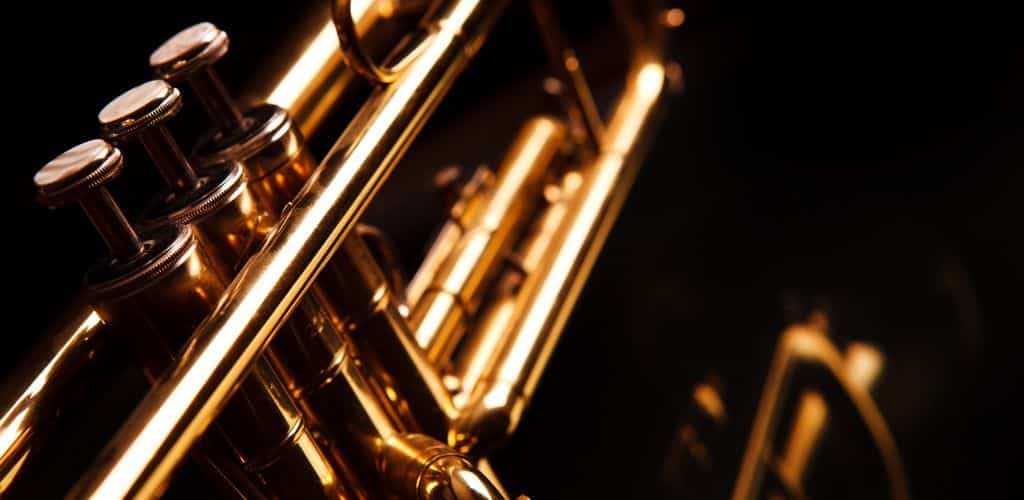
My trumpet isn’t just about the basic parts; the additional features enhance my playing experience and the sound quality.
These nifty details ensure everything stays in tune and feels right in my hands.
Water Keys and Moisture Control
Finger Buttons and Comfort
Supporting Parts and Maintenance
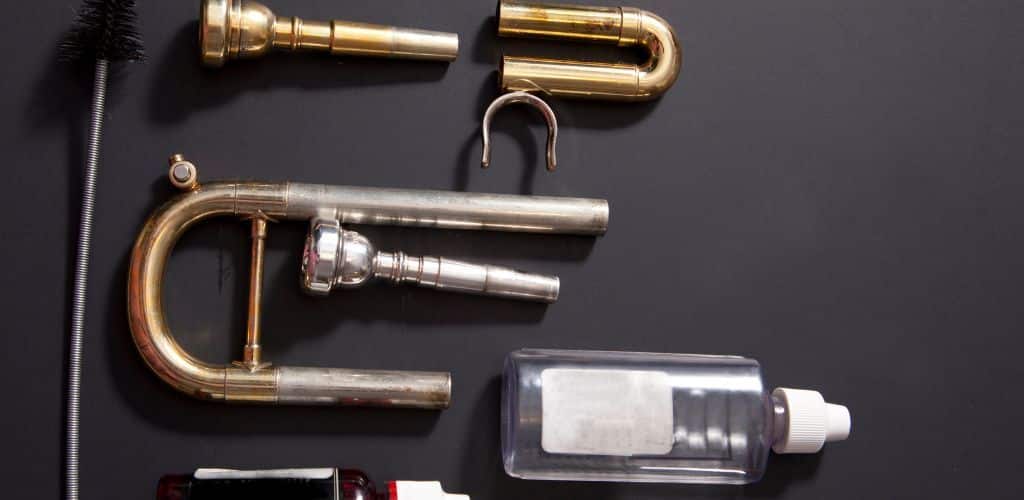
I do maintenance regularly to ensure my trumpet performs at its best.
It includes cleaning the valve cap and periodically replacing the springs, guides, and felts to keep them functioning as they should. I pay close attention to the buttons and caps, which can wear out or get lost and must be replaced to keep things snug and secure.
Regular cleaning of both valves and slides prevents potential corrosion and performance issues.
Ultra-Pure Trumpet Care Kit
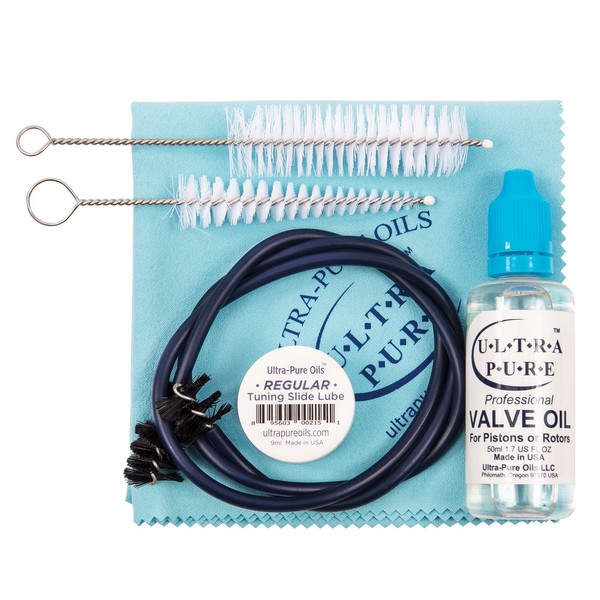
DESIGNED FOR: trumpets, cornets, and flugelhorns
COMES WITH: with an instruction manual
FEATURES: Includes professional valve oil acclaimed worldwide by artists With flexible snake to clean difficult areas Brushes have plastic-coated tips to prevent scratching
- Easy to use
- Includes everything you need to maintain your instrument
- Professional valve oil is used by world-class artists
- None
When you click ‘Check Price’, you’ll see there are loads of great places to buy this item. Our personal favorite is Sweetwater for the US, and Thomann and Gear4Music for the UK & Europe.
They are the largest music retailers, with excellent customer service, competitive prices, really fast shipping, and the longest guarantees.
The professional musician who wrote this article combined many things,
from the product build, manufacturer’s reputation through to feedback
from other users, to create our famous TedScore™.
Playing Mechanics

As a musician, grasping the playing mechanics of the trumpet is essential. Not only does it solidify my foundation in producing a beautiful tone, but it also ensures that my practices lead to comfortable and captivating performances.
Air and Embouchure
When I play my trumpet, I take a deep breath, as air is the lifeblood of sound creation.
My diaphragm kicks into action, supplying a steady stream of air necessary for buzzing – my lips vibrating in the mouthpiece, causing the essential initial vibration.
The quality of this buzz is directly tied to the richness and purity of the sound I emit, a dance of physics and physiology playing out on the metallic stage of my instrument.
Maintaining a firm yet flexible embouchure – how I shape my lips and facial muscles – is critical to my consistent sound production. This firmness gives me the control needed to sculpt the air and buzz into something magical.
It’s like being the conductor of my lip orchestra, dictating the tempo and intensity with finesse.
Pitch and Tuning
I quickly learned that pitch control is subtle; it’s all about precisely manipulating my embouchure and the trumpet’s tuning slides.
For instance, the main tuning slide affects the instrument’s overall pitch, which is handy when I want to match the orchestra’s tuning. By sliding it out, I lower the pitch; pushing it in raises it, a simple tweak like turning the dial to get a radio station just right.
Swaying through octaves and semitones, I can adjust the inflection to the tiniest semitone with tiny facial adjustments.
It’s marvelous how small movements can take me from a brilliant fanfare to a mellow serenade.
Practicing regularly helps me explore the trumpet’s range, turning each note into an exact and beautiful expression of musical intent. Plus, a well-oiled valve system is my best friend when leaping through pieces, ensuring smooth transitions from one note to the next.
Outstanding Trumpets I have Played
You don’t need to look further to determine which trumpet I highly recommend. These models not only meet your needs for quality, but they also live up to their prices.
ELKHART 100TR STUDENT TRUMPET
I have no doubts about the ELKHART 100TR student trumpet as it is well-made, easy to play, and affordable.
This trumpet has clear tones and a delicate feel across its whole range, making it an excellent choice for beginners and people just starting to learn music.
The ELKHART 100TR stands out as a robust and reliable instrument that will help and inspire prospective musicians as they improve their skills.
ELKHART 100TR STUDENT TRUMPET

FEATURES: A clear tone and easy response throughout the range
OTHER INFO: Designed by the famous Vincent Bach company
- Quality of sound will take you up to around Grade 4 level
- Manufactured by the Conn-Selmer corporation
- Absence of valve felts
- Slightly weak screws and fittings
When you click ‘Check Price’, you’ll see there are loads of great places to buy this item. Our personal favorite is Sweetwater for the US, and Thomann and Gear4Music for the UK & Europe.
They are the largest music retailers, with excellent customer service, competitive prices, really fast shipping, and the longest guarantees.
The professional musician who wrote this article combined many things,
from the product build, manufacturer’s reputation through to feedback
from other users, to create our famous TedScore™.
CONN SELMER TR510 BB TRUMPET
This trumpet produces a clear and vibrant tone, making it an ideal option for professionals searching for a top-tier instrument to enhance their musical performances.
With its renowned craftsmanship and reliable performance, the CONN SELMER TR510 is a trumpet that will instill confidence and elevate the musical artistry of professional players.
CONN SELMER TR510 BB TRUMPET
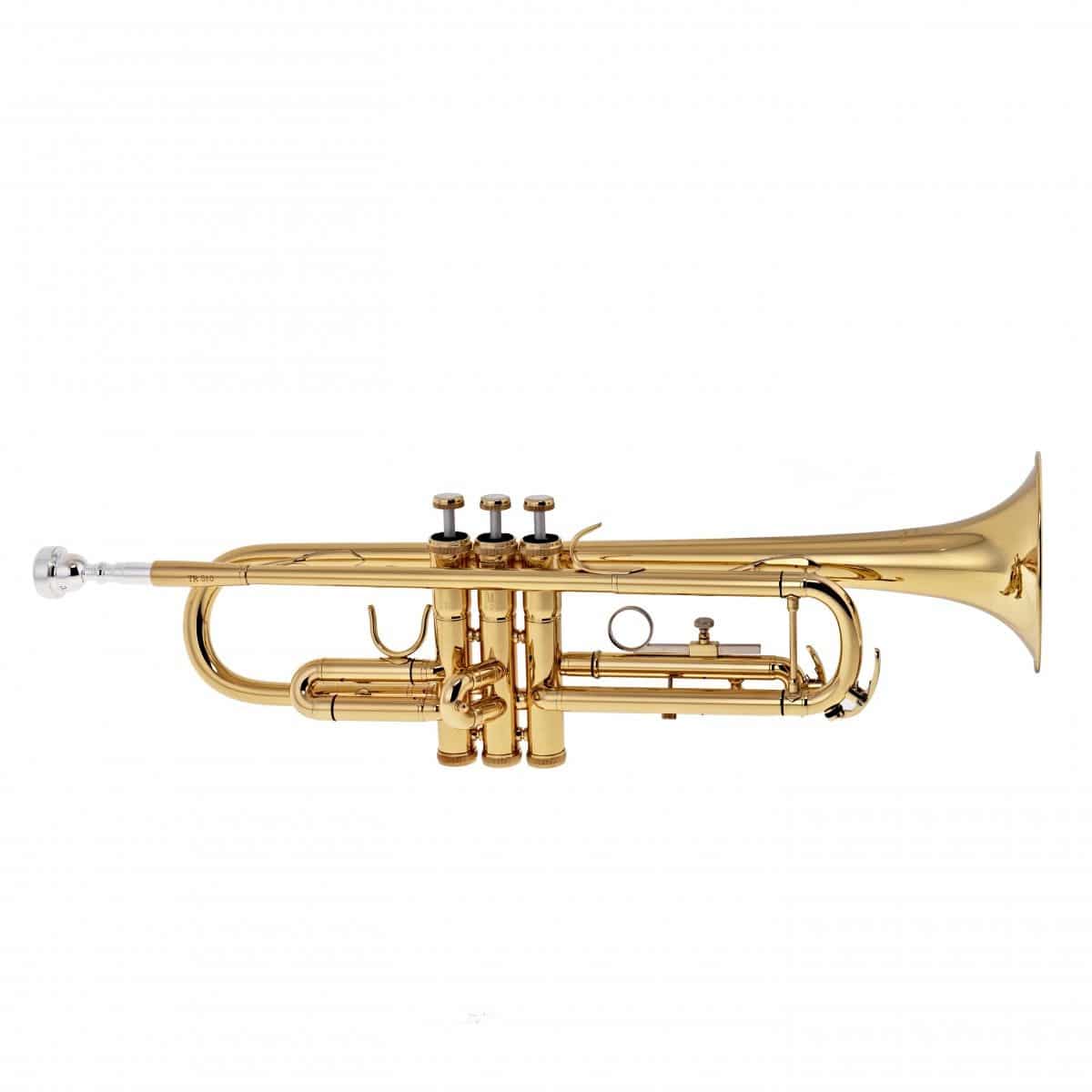
FEATURES: Round and pleasant tone with first and third valve tuning rings
OTHER INFO: Monel valves offer a smooth and fast action
- Quality of sound will take you up to around Grade 5 level
- Slightly more expensive than its counterparts
When you click ‘Check Price’, you’ll see there are loads of great places to buy this item. Our personal favorite is Sweetwater for the US, and Thomann and Gear4Music for the UK & Europe.
They are the largest music retailers, with excellent customer service, competitive prices, really fast shipping, and the longest guarantees.
The professional musician who wrote this article combined many things,
from the product build, manufacturer’s reputation through to feedback
from other users, to create our famous TedScore™.
PTRUMPET HYTECH TRUMPET
The pTrumpet HyTech trumpet provides a comfortable and responsive experience, making it an excellent option for beginners seeking a reliable instrument to begin their musical journey.
It offers an accessible and enjoyable entry into trumpet playing for aspiring musicians with its innovative features and user-friendly design.
PTRUMPET HYTECH TRUMPET

FEATURES: Lightweight construction
OTHER INFO: Brass fittings offer warm sound
- Lightweight and easy to clean
- You’ll need to upgrade to a fully brass trumpet eventually
When you click ‘Check Price’, you’ll see there are loads of great places to buy this item. Our personal favorite is Sweetwater for the US, and Thomann and Gear4Music for the UK & Europe.
They are the largest music retailers, with excellent customer service, competitive prices, really fast shipping, and the longest guarantees.
The professional musician who wrote this article combined many things,
from the product build, manufacturer’s reputation through to feedback
from other users, to create our famous TedScore™.
Parts of a Trumpet:
Brass Ensemble Unveiled
I’ve always found that understanding the trumpet parts helps me connect with it. It’s similar to getting to know a good friend: the more the understanding, the stronger the tie.
Recognizing the importance of each component, from the lead pipe to the bell, tremendously impacts my performance.
Here’s a handy breakdown for you:
Mouthpiece: Produces sound
Lead pipe: Directs airflow
Bell: Amplifies sound
Valves: Change pitch
Knowing your instrument is more than simply improving your playing; it’s also about caring for your musical companion.
Spend time with your instrument off-stage.
Explore and maintain each part with diligence. You’ll enhance the longevity of your trumpet and the quality of music it produces.
And doesn’t that sound like the most enchanting thing to share with the world?
Wait! Before you go…
Read the comprehensive guide to know how much does a trumpet cost.
FAQ's
The buttons on a trumpet are referred to as valves. These valves are crucial for changing the pitch and producing different notes on the instrument.
The three valves on a trumpet change the pitch by altering the length of the tubing, allowing the instrument to produce a wide range of notes. Each valve corresponds to a specific length of tubing, enabling the player to play a complete chromatic scale.
The trumpet generates sound when the player buzzes their lips into the mouthpiece, creating vibrations. These vibrations travel through the trumpet’s tubing, which amplifies and shapes the sound, ultimately producing the musical notes.










About the Elkhart 100TR, I actually think it’s too basic for students who are really serious about getting better. Don’t you think it’s better to invest in a higher-quality trumpet right from the start instead of upgrading later?
Upgrading gradually helps you appreciate the features of better models as you progress. It’s part of the journey.
Not everyone can drop a ton of cash at the start. Plus, the Elkhart is decent to learn the basics.
trumpets sound like elephants, don’t they?
lol why all the fuss about trumpets? Ever heard of a sax? 😉
So, about the PTRUMPET HYTECH, I’ve played it too, and yeah, it’s good for beginners, but doesn’t come close to the sound quality you’d want for pro performances. Also, where’s the love for vintage models? Those have a character you just can’t find in modern instruments.
But don’t ignore the advances in material science that make newer trumpets more consistent and easier to play.
Totally agree on the vintage point. There’s something about the patina and the history too.
This is a comprehensive article that perfectly outlines the essentials for anyone aspiring to master the trumpet. The section on playing mechanics is particularly enlightening. Kudos to Toby Colesy for the clarity and depth.
This piece on the trumpet’s anatomy and mechanics is highly informative. I’ve always wondered about the specifics of the valve system, and the BACH VALVE OIL section was particularly enlightening. Appreciate the deep dive,
Toby Coles!
Hey, Toby , got a q! Does the mouthpiece material affect the sound a lot? I’ve been thinking about switching mine up. Thanks!
Rex T., it does! A darker material might give you a warmer tone.
Hey Toby , got a question abt the Bach valve oil mentioned. Is it really better than generic brands, or is it more about personal preference?
LizzyQ, I’ve tried a bunch, and honestly, Bach oil rocks for smoother action. But yeah, kinda personal too.